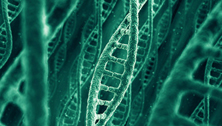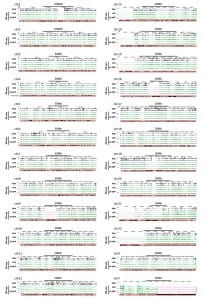Genome-wide Mapping of DNA Repair Sites by XR-seq

A new method described by researchers at UNC Medical School allowed mapping the whole genome DNA repair sites for the first time. The authors, led by Professor Aziz Sancar, named their technique XR-seq (excision repair sequencing). The findings are relevant in the fight against cancer for they allow to pinpoint how repair is carried out at specific DNA sequences and thus how cancer cells are avoiding chemoterapy drugs.
Dr. Sancar’s project originates from another project from the same group, where in vitro experiments confirmed that the protein TFIIH bound to excised, UV-, cisplatin- and oxaliplatin-damaged DNA. They replicated the experiments in human cells and were able to immunoprecipitate stable TFIIH-DNA fragments, then proceeded to isolate the protein complex, sequence the DNA fragments and identify TFIIH genome-wide binding sites by bioinformatics tools.
Regulatory sequences are also repaired
Producing the genome repair maps has brought also information about the function of intergene sequences. XR-seq tells the exact location of those sequences being repaired and indicates they are presumably important regulators.
Additionally, XR-seq maps can be compared with genome-wide localization maps of chromatin proteins, DNA and RNA polymerases to infer their role on DNA repair in human cells.
Source : UNC School of Medicine

